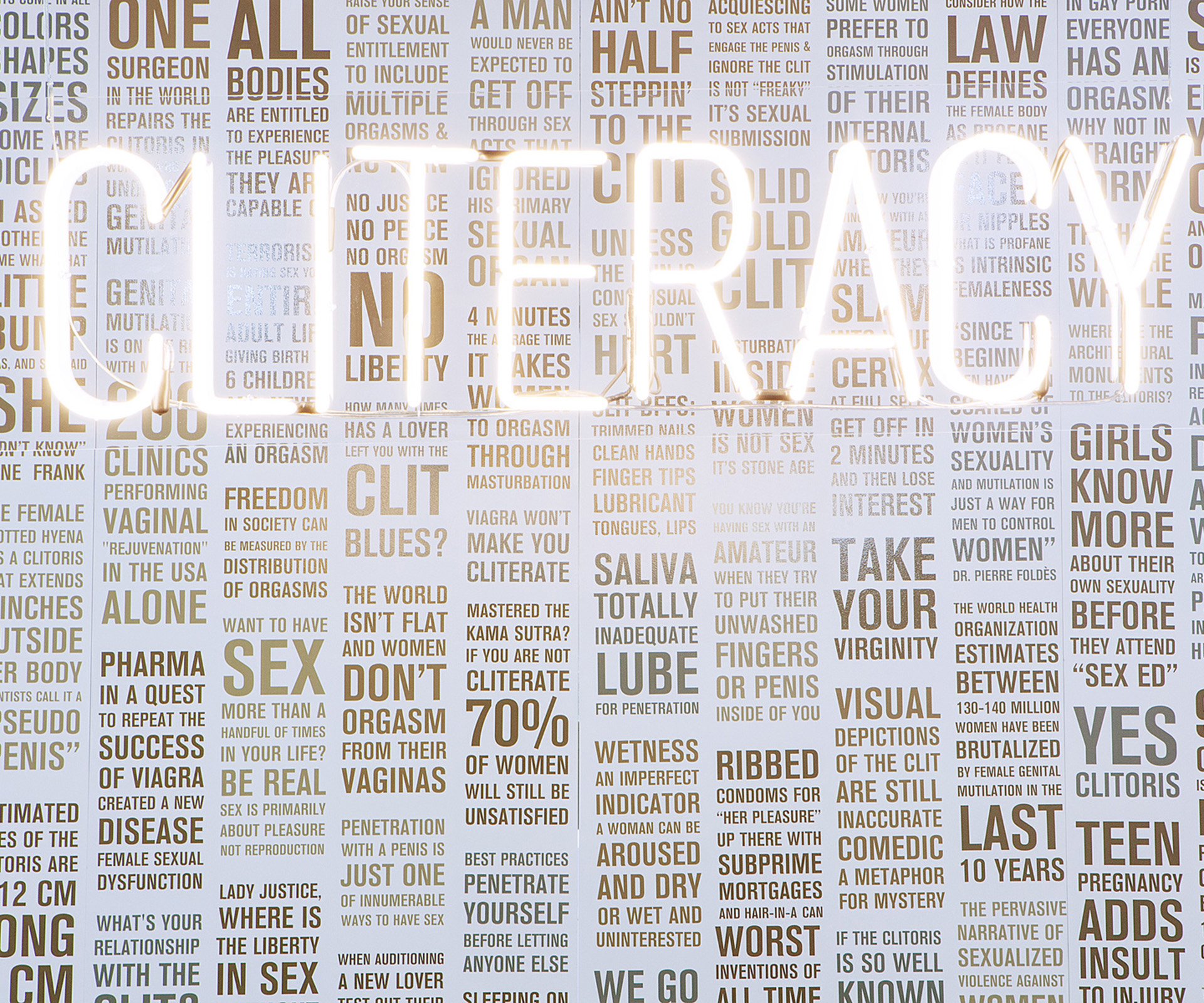Until recently the existence of the clitoris was scandalously discredited. Sure it’s small, but that tiny little feel good button between a woman’s legs is an exciting discovery that until 1998 went officially unrecognised.
After the clitoris was formally removed from the textbook of human anatomy, Gray’s Anatomy (not to be confused with Grey’s Anatomy which is a TV show centred around killing off hot McDoctors) by some dopey Doc named Charles Mayo Goss in 1947 it was an Aussie urologist (go us!) called Helen O’Connell who put it officially back on the medical map.
In the late 90s Ms O’Connell’s research discovered that that the female sweet spot actually has up to three times more nerve endings than the penis and is way bigger than is commonly described – that’s right, bigger!
Further studies have gone on to indicate that unlike a penis, which is used to have sex and pee, and nipples, which are a source of sensual stimulation and used to feed babies, the clitoris is the only human body part that exists purely for pleasure. This has prompted some, including Dr. Elizabeth Lloyd, a biology professor, philosopher and author of controversial book The Case of the Female Orgasm: Bias in the Science of Evolution, to postulate that the clitoris is a lasting remnant of a small penis that was once forming in our little zygote-selves and the orgasms that come from it are just a natural accident – a very very happy accident.
But more than 15 years after the clitoris was officially recognised many men and women still have a next to no understanding about this beautifully important body part which could perhaps suggest a public lack of ‘cliteracy’?
Contemporary conceptual artist Sophia Wallace thinks so.

Contemporary conceptual artist Sophia Wallace. PHOTO via Tumblr
Wallace launched her badass Cliteracy project after the absence of clitoral understanding in society began to bother her and now, thanks to an interactive feature from the Huffington Post, she is at the vanguard of erogenous understanding.
“The sad reality is that this society is incredibly il-cliterate,” says Wallace. “Half of the population has an organ that has been completely and utterly denied, but also attacked; it’s been removed in some cases. It’s been written out of history, it’s been medically ignored or even medically negated.”
“It’s pretty shocking to think, okay, we have achieved nuclear fusion, we’ve identified the boson particle, we can go to Mars, and yet we discovered the clitoris in 1998.”

Photo via @sarahflowe Instagram.
“IN 1969, WE PUT A MAN ON THE MOON. IN 1998, WE DISCOVERED THE FULL ANATOMY OF THE CLITORIS.” – Sophia Wallace
Of the mixed media project Wallace says she intends to encourage people to explore the paradox which centres on the world’s obsession with sexualising females yet failing to have a real understanding of female sexuality.
“The project reveals the phallic-as-neutral bias in science, law, philosophy, politics, mainstream and even feminist discussion, and the art world–which is so saturated with the female body as subject.”

Photo via @shin3brite Instagram.
And in the most important statistic to ever come out of a study EVER only 25 per cent of women are able to consistently orgasm during vaginal intercourse – that means that three quarters of vagina owning women cannot climax reliably from this form of sex.
The comprehensive analysis of 33 studies over the past 80 years was published in The Case of the Female Orgasm – released by the Harvard University Press – and it determined that no matter the size of the penis, no matter how much lubricant during the action and no matter “her” feelings about the sex, some women just won’t reach sexual satisfaction from this form of “reproductive” lovemaking.
With that in mind, Wallace’s cliteracy for dummies is a much needed part of cultural conversation so go out and get exploring people because the results could be pretty darn exciting.


